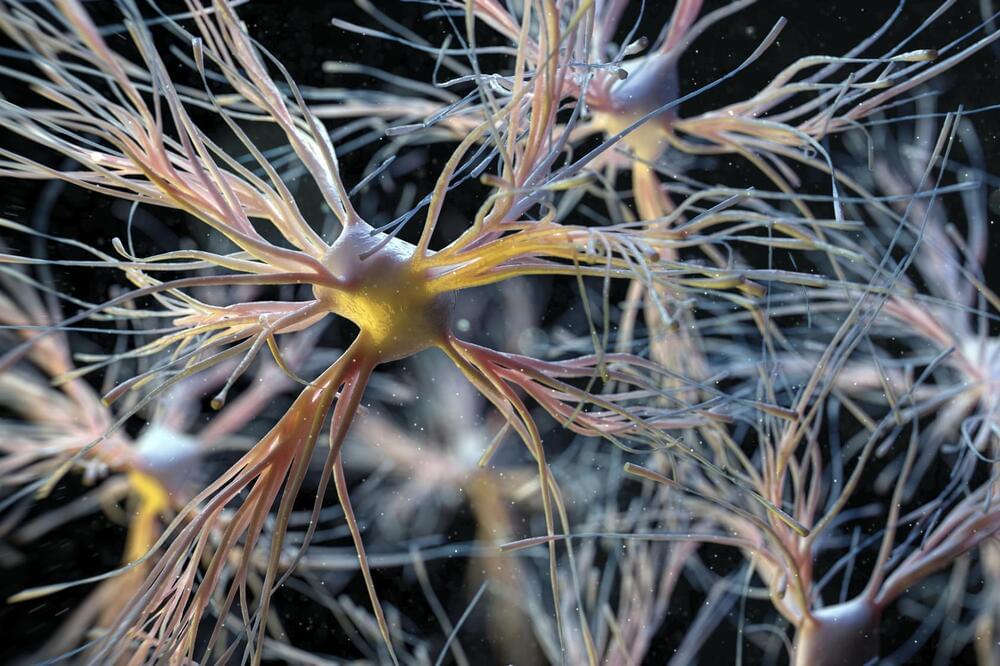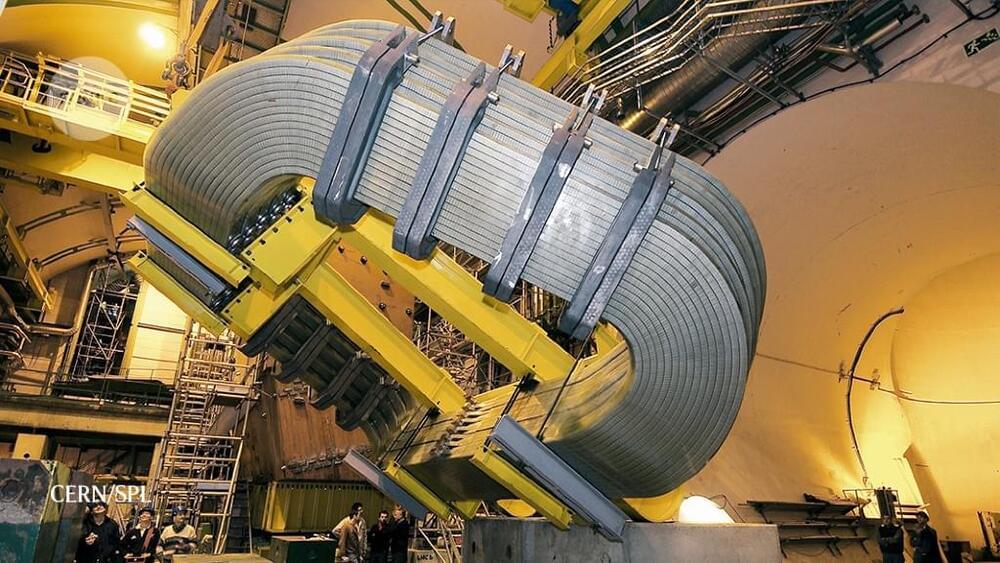Researchers have transplanted cells capable of forming specialized brain support cells into mice brains and found that they not only competed with and replaced unhealthy cells but aged ones, too. The findings open the door to developing an effective treatment for a range of conditions like multiple sclerosis, ALS, Alzheimer’s disease, autism and schizophrenia.
‘Glial cells’ is an umbrella term for the cells that are a support system to nerve cells (neurons). Progenitor cells are descendants of stem cells that can differentiate into specific cell types, and, in the case of glial cells, human glial progenitor cells (hGPCs) differentiate into subtypes, including astrocytes and oligodendrocytes, specialized for particular functions.
Astrocytes comprise most of our central nervous system cells, providing support and protection for neurons, transporting nutrients and removing waste. Oligodendrocytes lay down and maintain the lipid-rich, insulating wrapping called myelin around some axons, the part of the neuron that connects with another neuron and allows the transmission of nerve impulses.





